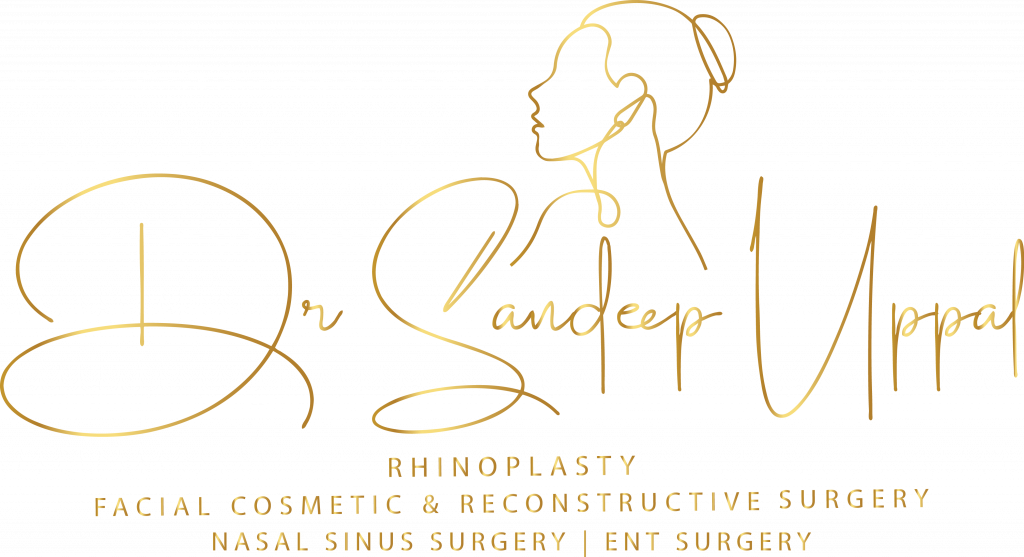CHEEK AUGMENTATION IMPLANT SURGERY
WHAT CAN MALAR IMPLANTS ACHIEVE?
Malar implants, commonly referred to as cheek implants, are used to add volume and projection to the cheekbones, creating a more defined facial structure. Here’s what malar implants can achieve:
ENHANCED CHEEK DEFINITION
Malar implants can create more pronounced cheekbones, contributing to a more contoured facial appearance.
RESTORATION OF FACIAL VOLUME
They can restore lost volume due to aging or weight loss, giving the face a fuller, more youthful look.
IMPROVED FACIAL PROPORTIONS
Implants can help balance facial proportions and symmetry, which can be particularly beneficial for those with naturally flat or asymmetrical cheeks
AESTHETIC ENHANCEMENT
Malar implants can enhance the overall aesthetic of the face, providing a more harmonious look that complements other facial features.
LONG-LASTING RESULTS
Unlike temporary fillers, cheek implants provide a permanent solution to volume enhancement in the cheek area.
SUPPORT TO MIDFACE STRUCTURES
They can provide support to midfacial tissues that may have sagged over time, indirectly improving the nasolabial folds.
CUSTOMIZABLE OUTCOMES
Implants come in various shapes and sizes, allowing for a customized approach to each individual’s aesthetic goals.
WHAT CAN MALAR IMPLANTS NOT ACHIEVE?
FULL FACIAL REJUVENATION
While malar implants can enhance the cheekbones, they do not address signs of aging in other areas of the face, such as wrinkles, fine lines, or sagging skin.
SKIN QUALITY IMPROVEMENT
The implants will not improve the texture or quality of the skin, including issues like pigmentation, scarring, or acne.
CORRECTION OF UNDERLYING HEALTH CONDITIONS
If facial asymmetry is due to underlying medical conditions, malar implants alone may not correct the issue.
IMMEDIATE AND SHORT RECOVERY
Although malar implants are relatively straightforward, they still require surgical intervention, meaning that immediate recovery and return to normal activities are not possible.
NATURAL AGING PROCESS
Implants won’t halt the natural aging process; over time, the skin and soft tissues of the face will continue to age.
COMPLEX CONTOURING
While they can add volume, they can’t provide nuanced reshaping of the cheek area in the way that some other procedures, like fat grafting or dermal fillers, might offer.
PROCEDURE
Rigorous preoperative planning is crucial for aligning expectations between Dr Sandeep and the client, as well as for anticipating potential challenges.
CONSULTATION
- Medical History: Dr Sandeep undertakes an exhaustive evaluation of the client’s health records to determine eligibility for both surgical intervention and anaesthesia.
- Aesthetic Goals and Expectations: In a detailed conversation, Dr Sandeep gauges the client’s aesthetic objectives and ensures that they hold realistic anticipations before moving forward with the procedure.
- Facial Analysis: Employing modern 3D scanning technology, Dr Sandeep performs an all-encompassing analysis of the client’s jawline and facial features.
- Morphing: Photographic images of the client are captured and sophisticated software is utilized to digitally manipulate them. This aids in both educating the client about achievable outcomes and in planning the surgical procedure.
- Discussion of Procedure: Dr Sandeep reviews surgical aims, potential hazards, and anticipations with the client, while also exploring various options for implant materials and dimensions. Dr Sandeep will discuss the desired outcome, choose the appropriate size and shape of the implant, and explain the procedure.
ANAESTHESIA
The procedure is typically done under general anaesthesia.
INCISION
Dr Sandeep makes an incision either inside the mouth (near the upper gum) or just below the lower eyelid. This ensures that there are no noticeable scars.
IMPLANT PLACEMENT
The implant is then inserted and positioned over the cheekbone. Dr Sandeep may use screws or sutures to secure the implant in place, though this is not always necessary.
CLOSURE
The incisions are closed with sutures. If the incision was made inside the mouth, dissolvable sutures are typically used.
RECOVERY
- Immediate Post-Surgery Symptoms: Expect initial swelling, bruising, and a degree of pain, which usually subside within a fortnight. The final result can be seen once the swelling and bruising subsides, usually within a few months.
- Pain Management: Medications for alleviating discomfort are provided by Dr Sandeep’s team.
- Oral Hygiene: Exceptional oral care is essential, particularly if incisions are within the oral cavity, to prevent infections.
- Dietary Guidelines: A soft food regimen is commonly recommended during early recovery.
- Time Away: Plan for a 2-3 week hiatus from work or academic responsibilities.
- You will be expected to avoiding strenuous activities, sleeping in a specific position, or taking prescribed medications after surgery.
- Duration of Recovery: The principal healing phase lasts around two weeks, though residual swelling may persist for an extended timeframe.
- Support System: Post-surgery, especially if under general anaesthesia, assistance from someone is advisable.
FOLLOW-UP APPOINTMENTS
- Scheduled Check-ups: Regular post-surgery consultations with Dr Sandeep are crucial for monitoring healing and addressing implant integration issues promptly.
- Ongoing Monitoring: Consistent follow-ups with Dr Sandeep ensure the healing trajectory aligns with client expectations.
- Activity Limitations: Strenuous activities and contact sports are generally discouraged for a set period post-surgery, typically three months.
FINAL ASSESSMENT
Swelling Resolution: Once all swelling has dissipated, Dr Sandeep conducts a conclusive evaluation to verify that the surgery has achieved the client’s aesthetic goals.
Clients may experience swelling, bruising, and discomfort for several days. Oral antibiotics may be prescribed to prevent infection.
POTENTIAL RISKS AND COMPLICATIONS
Malar (cheek) implants can provide a more defined or youthful facial contour, but like any surgical procedure, there are associated risks. Here are some potential risks and complications of malar implant surgery:
- Infection: As with any surgical procedure, there’s a risk of infection. If an infection occurs around an implant, it might require removal of the implant until the infection is treated.
- Implant Shifting or Malposition: The implant can move from its original position, leading to asymmetry or an undesirable appearance. This might necessitate a revision surgery.
- Hematoma or Seroma: Blood or fluid can accumulate at the surgical site. This might require drainage or additional procedures.
- Scarring: Even though incisions for malar implants are often placed inside the mouth or under the eyelid to hide scars, there’s still a risk of visible or problematic scarring.
- Eyelid malposition: In a small proportion of clients where the incision is placed inside the lower eyelid or under the lower eyelashes, the position of the eyelid may change because of scarring and abnormal healing leading to the eyelashes touching the eyeball (entropion), eye lashes everting leading to excessive tearing (ectropion) or excessive show of the lower white part of the eyeball (eyelid retraction).
- Nerve Damage: There’s a risk of damaging facial nerves during the procedure, which can lead to numbness, tingling, or muscle weakness. Most of these symptoms are temporary, but there’s a small chance they could be permanent.
- Capsular Contracture: This is when the scar tissue around the implant tightens, causing the cheek to feel hard. This can change the shape and position of the implant and might require surgical correction.
- Implant Extrusion: Rarely, the implant can push through the skin or the mucosa inside the mouth, requiring removal.
- Allergic Reaction: Some people might have an allergic reaction to the implant material, although this is rare since most implants are made from biocompatible materials.
- Dissatisfaction with Cosmetic Results: Some clients might not be satisfied with the appearance after the swelling subsides, thus requiring revision surgery. This could be due to the size, shape, or position of the implant or facial asymmetry.
- Bone Resorption: In rare cases, the pressure from the implant can lead to resorption (loss) of the underlying cheekbone.
- Sinus Complications: Especially with deeper or larger implants, there’s a risk of sinus complications.
- General Surgical Risks: These include risks associated with anaesthesia, blood clots, and other general surgical complications.
ENHANCE YOUR FACIAL CONTOURS WITH MALAR AUGMENTATION BY DR SANDEEP!
Elevate the structure of your face with malar augmentation, an advanced procedure designed to intensify cheek prominence and shape. Perfect for achieving a revitalized look or correcting underdefined cheeks, this customized approach works to accentuate your natural facial architecture.
Book your Malar Augmentation evaluation with Dr Sandeep to meticulously chart the course for your facial enhancement. During your consultation, you can anticipate:
- An in-depth assessment of facial balance, pinpointing areas in need of volume enhancement.
- An appraisal of how malar implants can synergize with your unique facial features.
- An examination of your health history to confirm compatibility with the procedure.
- A discussion on the variety of implant shapes or dermal fillers, chosen to suit your bone structure and cosmetic goals.
- A breakdown of the procedural steps, the healing timeline, and the transformation you can expect.
Begin your path to a more pronounced and elegant facial profile with Dr Sandeep.


